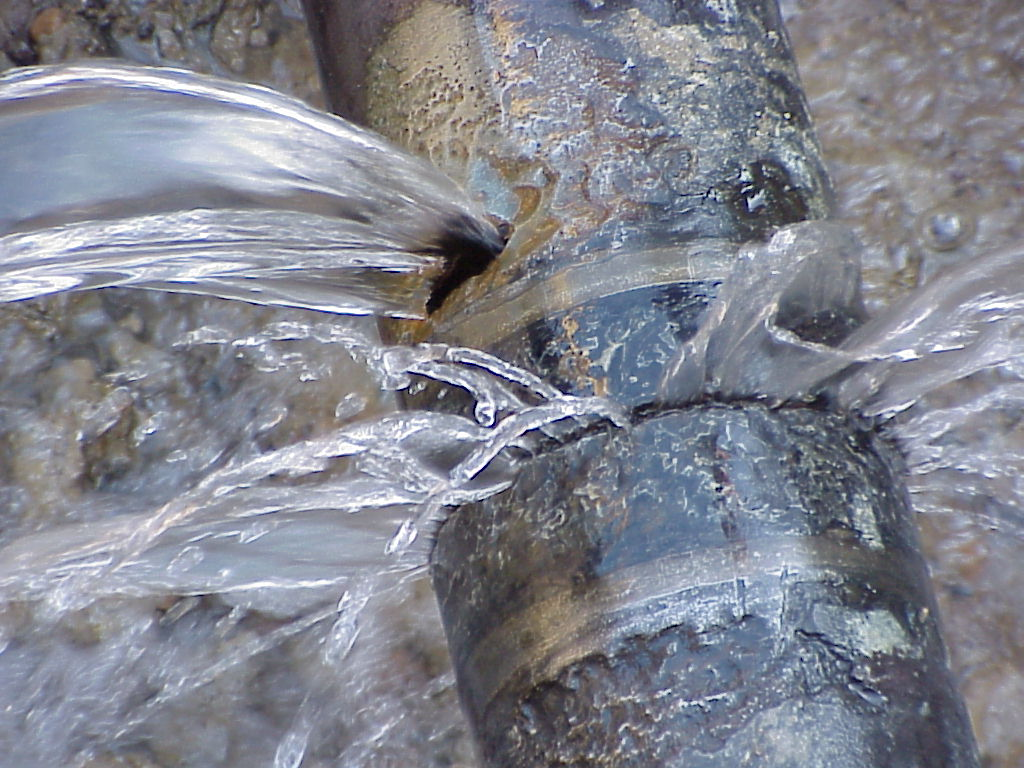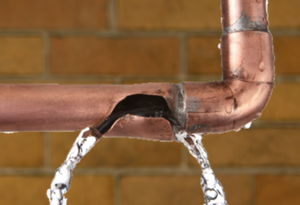Ways To Deal With Water Damage Caused By Leaky Pipes - Helpful Advice
Ways To Deal With Water Damage Caused By Leaky Pipes - Helpful Advice
Blog Article
The publisher is making several good pointers related to The Do s And Don ts When Water Floods Your Home overall in this post down below.

What should you do if a water pipeline bursts in your residence, creating a mini-waterfall and also flooding an area of your house? The longer you wait, the much more serious the water damages in your building. For these reasons, you need to discover what to in instance of a ruptured water pipe.
Shut Off the Main Waterline Valve
The first thing you need to do is shut the shut-off shutoff. Seek the local shut-off valve to turn-off water in one specific location only. You have to turn-off the main waterline shutoff if you don't recognize where the local shut-off valve to the component is. This will certainly cut off the water in your whole home. Typically, the primary valve is discovered outside the residence alongside the water meter. If it's not there, you can likewise locate it in the basement at an eye-level or it could be in the 1st floor on the ground. Usually, contractors yet the shut-off valve generally ground level washroom or ideal alongside it.
Call Water Damages Reconstruction Pros for Aid
After shutting the water resource, call the pros for aid. With their expert assistance, you can minimize exacerbation since water can leak via your things resulting in distorted baseboards, loosened tiles, or damage structure.
Paper the Damages For Insurance policy
As you are awaiting the pros to get here, record the damages caused by the wayward pipeline. Take photos and video clips of every little thing. Do closeup shots of prized possessions. These points will certainly work as evidence for your homeowner's insurance policy. Remaining aggressive with this enables you to file a claim for insurance coverage, which will aid you as well as your family get back on your feet.
Salvage Points That Can Be Conserved
Browse the products as well as take out the most essential ones from the stack when you're done taking pictures. Dry them off as well as attempt to preserve as long as you can. Drag them away from moisture so they can start to dry out.
Beginning the Drying Process
Fortunately, water from your waterlines are tidy so you do not have to fret concerning sewer water. The streaming water might have disturbed the dust as well as particles in your carpetings and also floorboards. Be prepared with handwear covers as you make use of pails to dump out the water.
Specialists are the just one certified to deal with the burs pipes and subsequent damage. And remember, pipelines do not simply instantly ruptured. You will normally see red flags like bubbling paint, strange noises in the plumbing, musty smell, caving ceiling, peeling wallpaper, or water stains. Pay attention to these points, so you can nip any type of problems in the bud.
What should you do if a water pipeline bursts in your residence, creating a mini-waterfall as well as swamping a location of your residence? For these reasons, you need to discover what to in instance of a ruptured water pipeline. After shutting the water source, call the pros for aid. With their specialist assistance, you can minimize exacerbation because water can permeate with your points resulting in warped walls, loose ceramic tiles, or damage structure. Fortunately, water from your waterlines are clean so you don't have to worry regarding sewage system water.
How to Handle a Burst Pipe and Minimize Damage
Steps to Take Ahead of Time
If you own property in an area that experiences cold weather, you need to be aware of seasonal maintenance tasks that will help you protect your property as the weather changes each year. One of the most important steps is to winterize your pipes to ensure they won't freeze or burst when the temperature drops. This includes action items like insulating any exposed pipes, detaching garden hoses and covering outdoor faucets. If the weather gets cold enough, you may even consider leaving a faucet dripping or opening cabinet doors during the coldest parts of the day.
No matter how prepared you might be, accidents and emergencies still happen. You'd be wise to set up a savings account specifically for your property so you have a "rainy day" fund set aside for unexpected expenses. All homes regardless of age, location or condition will inevitably need some form of emergency repair.
Steps to Take for Frozen Pipes
A frozen pipe will not necessarily burst, so if you can catch a frozen pipe early on, you could save yourself a major headache. When your area experiences frigid temperatures, be sure to check your plumbing and keep an eye out for warning signs like faucets only releasing small amounts of water or toilets not refilling when flushed. If you do run into one of these issues, you're likely dealing with a frozen pipe.
If this happens, your first step should be to cut off the water supply to that section of the plumbing. Expanding and freezing water can quickly cause damage. Even if the water supply is shut off, you will likely still deal with some leaking from the water that defrosts after the pipe has thawed. Be prepared with a mop, bucket and/or towels to quickly soak up any excess water.
In order to thaw a frozen pipe, you can use a space heater, infrared or incandescent heat lamp, or even a hairdryer to warm up the frozen area. Heat tape is also an option and should be used according to manufacturer instructions. Do not use any sort of open flame to thaw frozen pipes, as it poses a major fire hazard and can damage your pipes further.
Steps to Take for a Burst Pipe
Water damage claims are the second most common insurance claim in the U.S. When you're dealing with a frozen pipe, the water continues to expand as it freezes, which creates pressure that can cause a pipe to burst. When this happens, the crack or leak in the pipe allows water flow from the pipe to enter your home where it shouldn't. If a pipe does burst, you need to act quickly to mitigate property damage and repair cost.
Your very first step should be to shut off your main water supply to minimize flooding typically the most expensive damage to address. Once you've shut off the water supply, make sure you identify the entire area that has been impacted by the leak. Remove as much water as possible as quickly as possible using a mop, sponges, towels or a shop vacuum or wet/dry vacuum. To prevent long-term damage due to moisture build-up, run a dehumidifier or fan in the affected area. Contact a licensed plumber to ensure the pipe is correctly repaired before running any water to that section of the home again. Burst pipes and the associated water damage are something you absolutely want to avoid as a property owner. If you've had to learn your lesson the hard way, don't let yourself get caught in a similar situation during the next spell of cold weather. The best way to deal with frozen or burst pipes is to prevent them in the first place proactive winter maintenance will save you time, money and a whole lot of stress.

Do you really like more info about Water Damage Restoration Do s And Don t? Place feedback down below. We'd be interested to listen to your responses about this posting. We hope that you visit us again in the near future. Are you aware of another person who is excited by the niche? Feel free to share it. Thanks a lot for your time. Please pay a visit to our site back soon.
Try Here Report this page